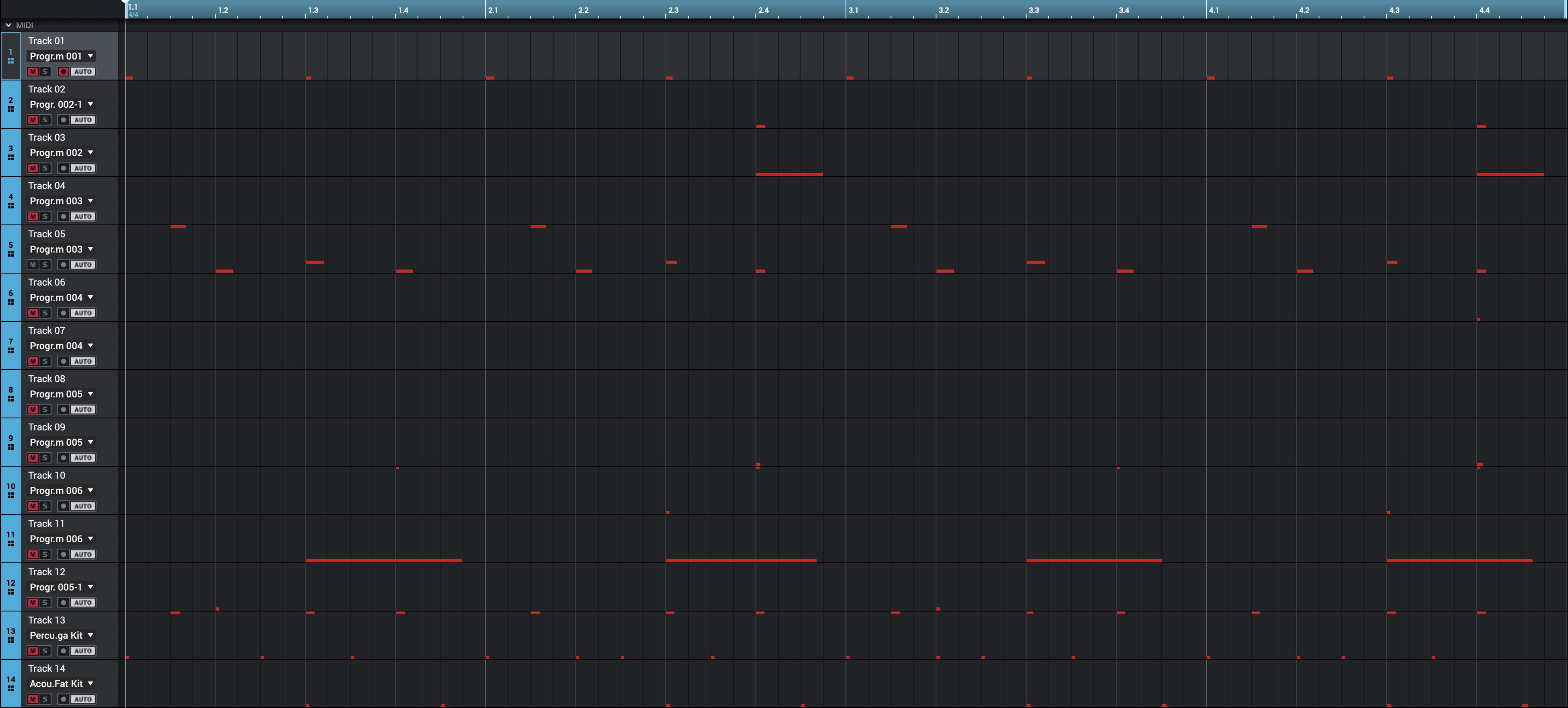Experiment: Beat Cloths
Woking closely with the weavers made me realize that some things need time to reach their full potential. Kente is one of those things. It requires a deliberate pace and intentionality. When I started this project, I realized how the speed amongst different weavers varied. Some weavers were extremely fast, and others were moderately paced. Their varying speeds ultimately did not change what the cloth looked like; neither did it always point to how long someone had been weaving. For me, what I realized was how the speed changed the weaving sounds. Different tempos created different rhythms but gave the same output. This was extremely fascinating. I believed that the weaving sounds possessed some innate power that could be investigated and used to make new designs.
Focusing mainly on this meant I had to dive deeper to understand further the Kente cloth's significance, conception, and life cycle. While on this journey, I uncovered many new things, although this cloth has been a part of my life ever since I was a child. My explorations thus far led me to concentrate on three main things that every weaver deals with –– Context, Materiality, and Technique. By further breaking down these categories, I gained more insights into the meaning of this cloth. All these three categories directly affected any given new Kente design, and within each category, you could see its direct effect. For instance, a weaver, going through some hardships, may want to design a cloth that speaks to that experience. This then tests his technique because he may want to design and depict some motifs that closely refer to specific things he's experiencing. Only then can he interact with materiality and start weaving this cloth.
After going through this process with different master weavers, it became clear how intentionality and deliberation are vital to the cloth's success. So in a way, this was contradictory to my initial goal of repurposing the weaving sounds to make new designs because it was not very helpful in furthering the cloth. My initial goal rids the cloth of specific vital components that make the cloth what it is. Although I had a holistic view of the Kente lifecycle, I focused on creating more designs and the rapid production of more designs and not really maintaining the cloth's integrity. Like many developments nowadays, instant results and speed became my measure of success for making new designs. Knowing this prompted me to adjust my process and work on a couple of experiments with a new strategy.
Still maintaining the weaving sounds as my driver for coming up with new designs, I explored the idea of coming up with intentional beats to inform semi-intentional designs.' Semi' because I used the beat sequence patterns as my basis for the designs. I focused on specific elements that make the kente design what it is –– elements like color, repetition, grids, and motifs. With this experiment, I had two main categories –– designs made to be woven and designs made for prints. I made these two distinctions because I wanted to try out designs that would use photos and help extend the life of the music it was based on. As a woven cloth, this will still work, but when worn as a garment, the meaning totally changes.
I sampled and made the music with the Akai MPC Live, and I used the MPC Digital Audio Workstation (DAW) to view my sequences. This is also what I based my designs on because it is what I made the music with. Here I focused on building a language that the weavers could translate to use within the Kente loom. To build this coherence, I analyzed the sequence view and started translating certain aspects of the music to make it 'weavable'.
First, I used the stole dimensions (5” x 72”) as the basis on which I built all the other elements. From here, I could now assign meaning to every element. My time signature most of the time was 4/4, and this made it easy to make every beat in a bar equivalent to a stole. This further meant that every 5 inches (Kente stole width) equaled a beat in a bar; hence every bar was equivalent to 4 stoles. This also meant that the number of tracks determined how long the stole would be. So, if I had 30 tracks, this meant the stole would be 30 inches long. With this in mind, I could now directly and intentionally make music that could be woven using a Kente loom.
_
June 02 2021








Every Beat In A Bar = 1 Stole

Full Beat Cloth

Full Beat Cloth 2

Full Beat Cloth 3








Motifs As Beats In A Bar

Full Beat Cloth With Motifs